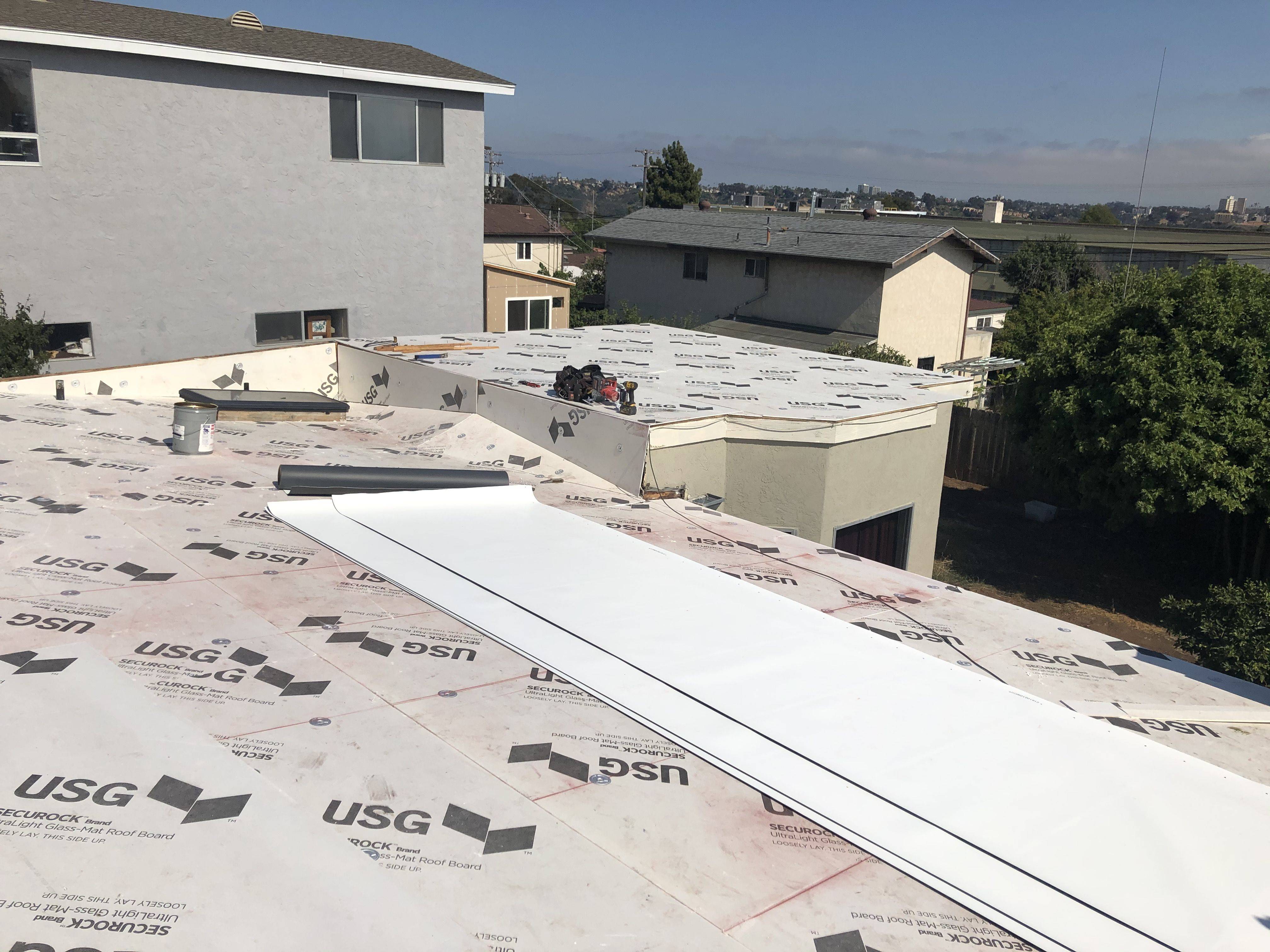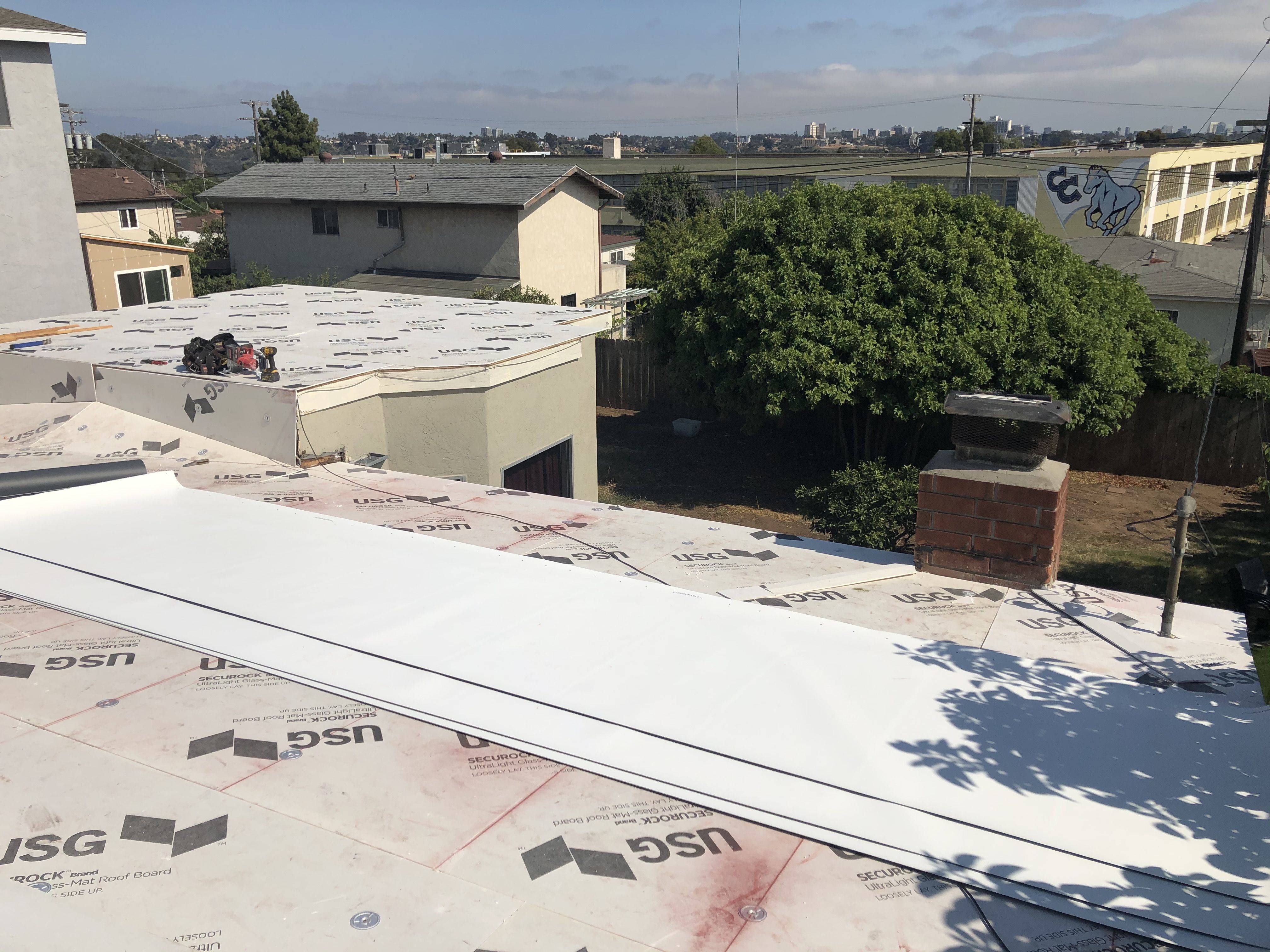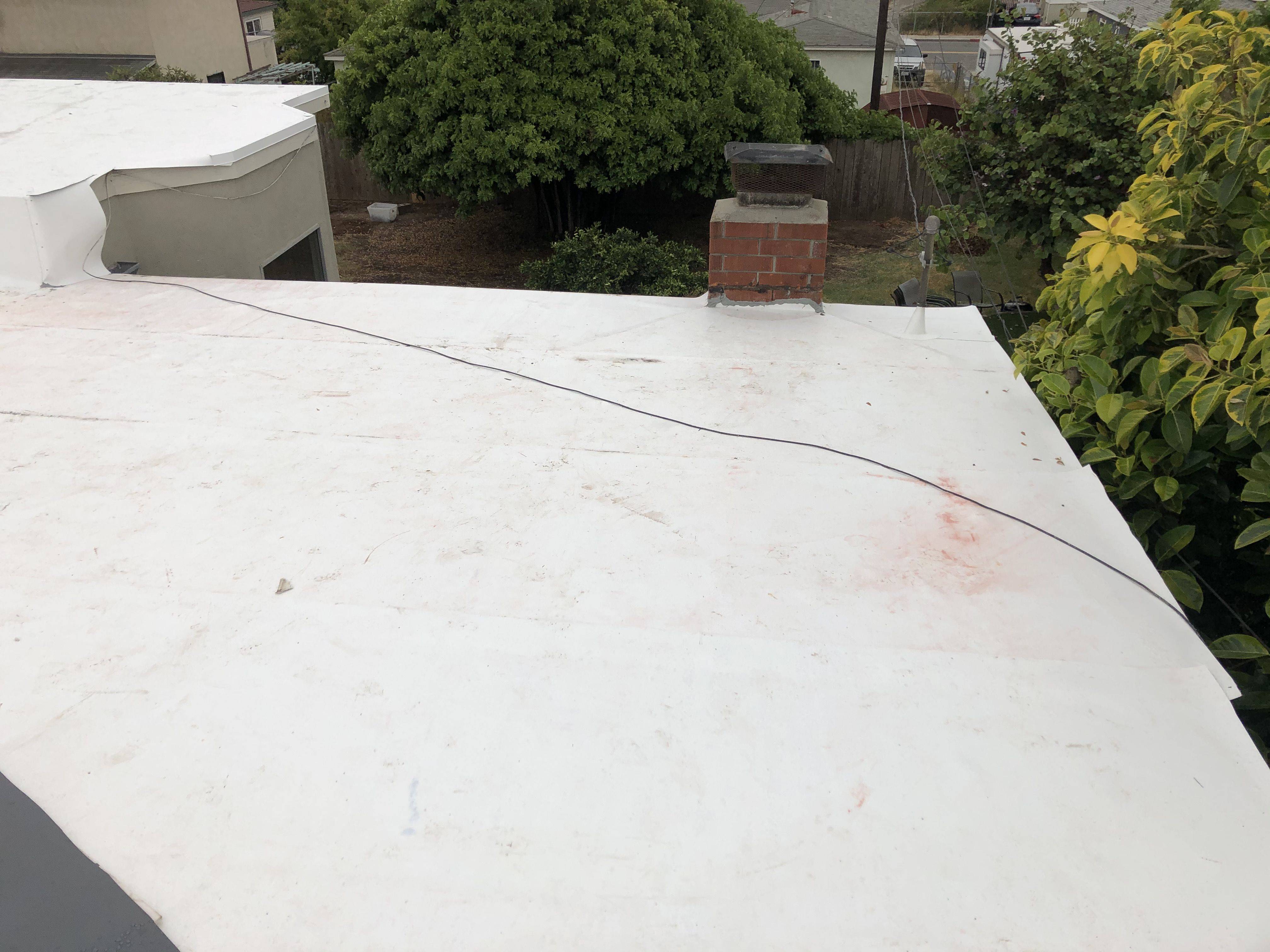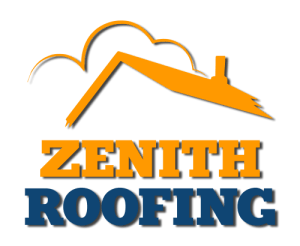Polyvinyl Chloride (PVC) Roofs
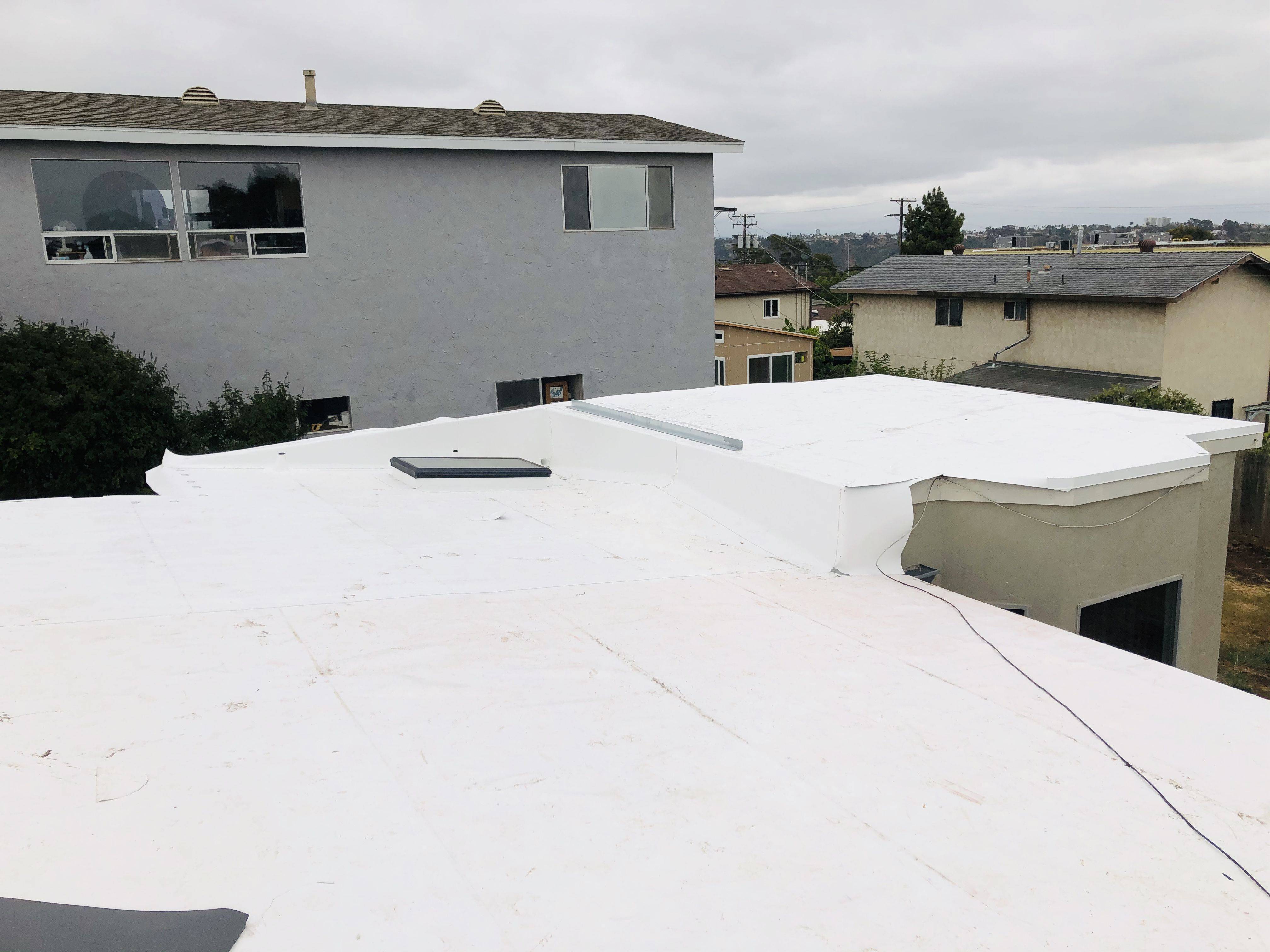
Polyvinyl Chloride (PVC) is a single ply membrane that is typically used on low slopes roofs. It is a nice clean look and usually comes in white or tan colors. Like TPO it is an energy efficient membrane because of its ability to reflect (Ultra Violet) UV rays. It will help reduce energy cost and also complies with Title 24 requirements. Like TPO It is also an energy efficient membrane because of its ability to reflect (Ultra Violet) UV rays. It will help reduce energy cost and also complies with Title 24 requirements.
Most commercial property owners and roofing companies are transitioning to this type of waterproofing membrane as opposed to Built up Roofing systems.
How To Install PVC:
PVC can be installed using Magnets, Plates, or adhering. To install PVC, you need to have a Class A fire rating membrane or material on the plywood. This can simply be the existing built up roof which you can go over, or a roof insulation you can install onto the deck if you are tearing off the old roof. The insulation can be installed using Magnets, Plates, or Adhesive.
If you are going over an existing roof you want to make sure you still separate the membrane from the old roof using fanfold insulation or ISO insulation.
After the insulation has been installed you can now install the Single Ply PVC membrane. SIngle ply means 1 layer. Yes, this means the layer you see is the actual waterproof membrane. Not like a built up roof that consists of 3 waterproofing layers and one nail down layer. The PVC has to be attached with either Magnets, Plates, or Adhesive.
To attach the membrane, follow instructions for the manufacturer specifications as they will vary depending on the system you use.
Finally, all seams of the PVC roof will be heat welded using a hot air gun or automatic welding machine. After applying heat and pressure the PVC system is welded together, providing a waterproof system.

